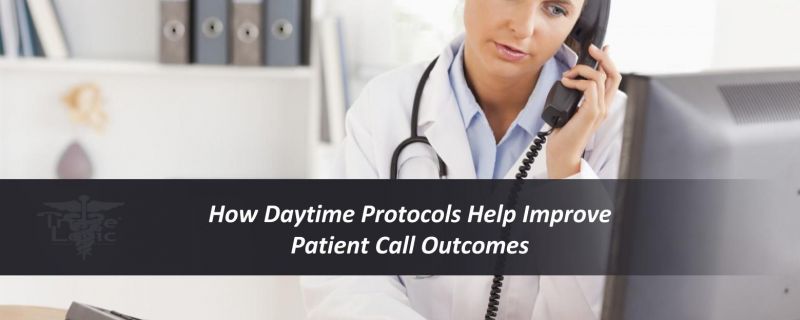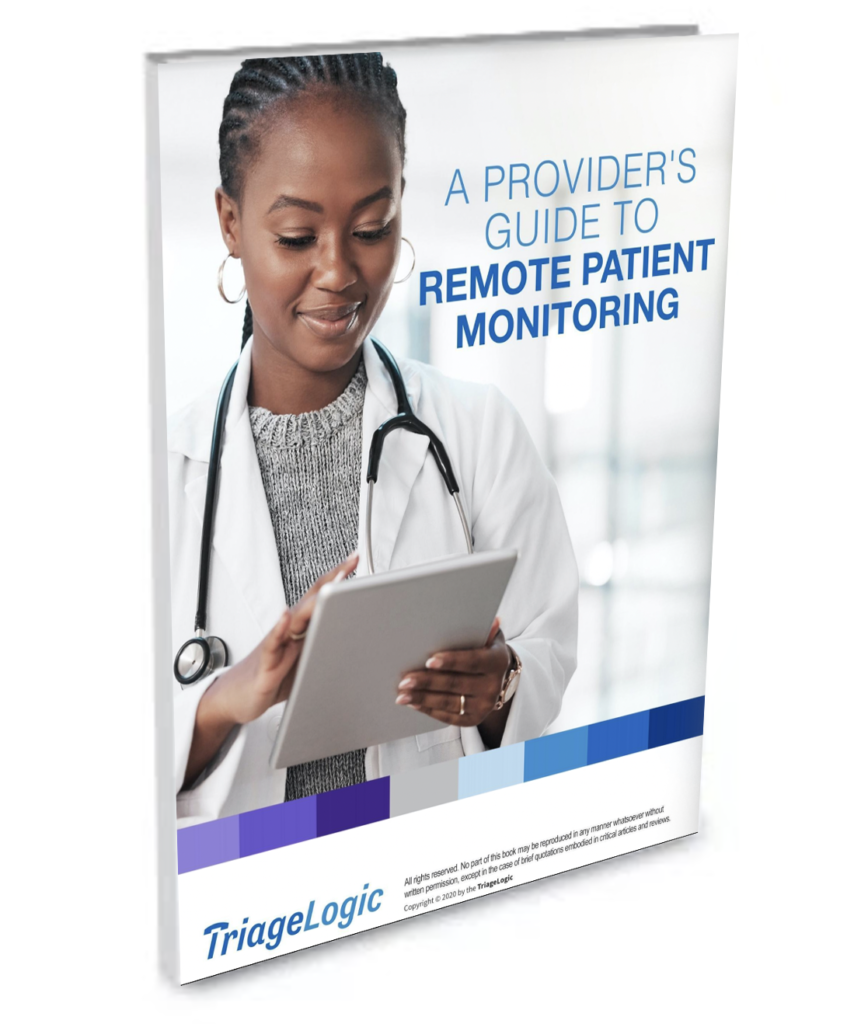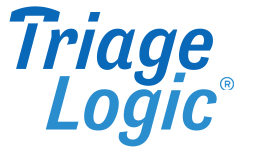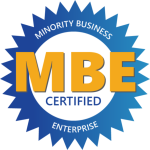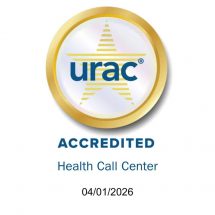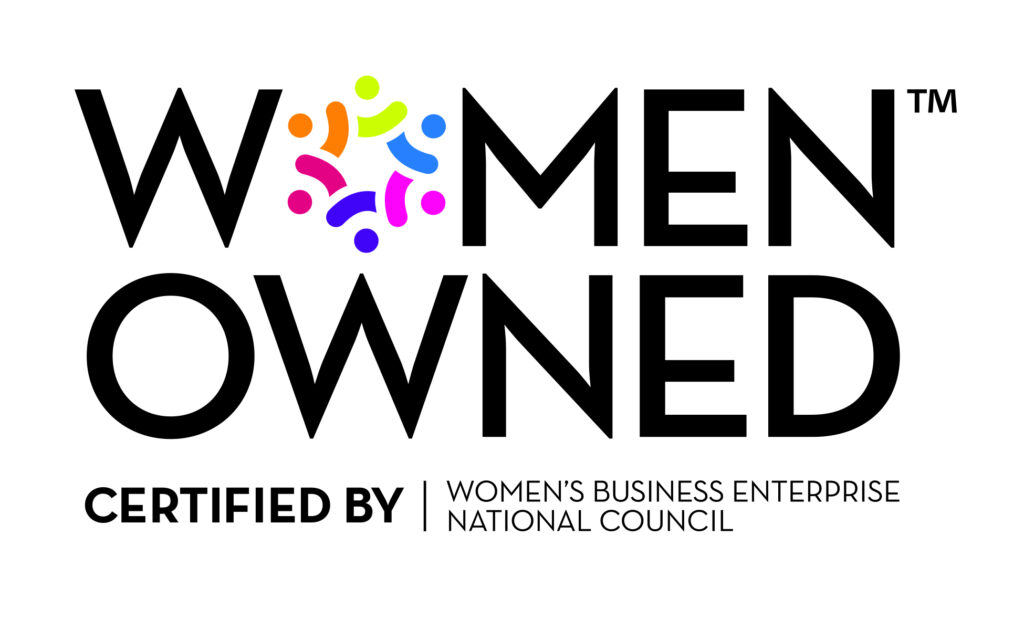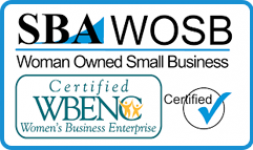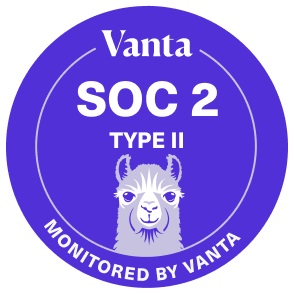How Daytime Protocols Help Improve Patient Call Outcomes
Every patient interaction starts with a phone call. Often times, patients call their doctor’s office to ask if their symptoms require them to come in. How does your practice ensure that the nurses answering the calls ask all the relevant questions and documents the calls? Dr. Schmitt and Dr. Thompson have created standardized guidelines that ensure the highest quality, consistent telephone care for your patients.
Many physician practices have nursing staff in the office available to take patient phone calls during the day. While office nurses may already have the necessary medical training, doctors often worry about making sure their nurses give appropriate care advice and ask patients all of the relevant questions. Many physicians spend countless hours training nurses on how to ask all the relevant questions, especially as new nurses join their team. They may have to take frequent breaks in between patients to answer nurse questions about how to handle certain calls.
Triage protocols are specialized algorithms that are used to evaluate the seriousness of a caller’s condition based on the caller’s symptoms. The nurse asks a series of questions starting with the highest acuity, 911, and working down to those symptoms that can be safely managed at home. Because of the variety of ages and multitude of reasons for patient phone calls, telephone triage protocols have to be extremely comprehensive and need to give targeted advice based on the symptoms of the caller. These protocols are available in book form (such as Dr. Schmitt and Dr. Thompson’s books) or in electronic format (such as TriageLogic’s myTriageChecklist®).
Book Format Protocols
Books require the least amount of upfront cost and are updated every two years. However, books tend to be cumbersome and difficult to use. Nurses also need to adapt to new books every time a new version is released. In most cases, nurses end up leaving the books on the shelves instead of using them because of the time it takes to follow guidelines with books and then manually document the call.
Electronic Protocols
Electronic triage guidelines are easy to teach and use, and can be integrated with your office’s existing EMR system to ensure easy documentation. The vendor is responsible for updating the questions and the care advice, allowing nurses to adapt seamlessly as new guidelines become available. As a result, they can save valuable nursing time in following the protocols and in documenting the information. The savings on nursing and doctor time and ease of adoption usually offset additional costs of purchasing electronic guidelines.
In offices and hospitals, nurse triage protocols are used to handle daytime and after-hours patient phone calls, as well as for follow-up calls after patients are discharged from a hospital visit. Protocols used during office hours have fewer guidelines because offices are open and nurses can ask patients to come in if needed. As a result, daytime protocols are shorter and simpler to document. After-hours calls are more extensive because offices are closed and patients that require immediate care have fewer low-cost options. These calls require more extensive protocols and documentation, resulting in a longer and more in depth triage process.
Setting up a nurse triage system where nurses use standardized protocols to answer patient questions increases the productivity and profits for your practice. When your nurses use triage protocols, you can have the confidence that they are asking the right questions and not missing anything. Using daytime protocols can also decrease your liability by documenting each patient call and the protocols used.
Beginning with the initial assessment to sending the patient to the correct level of care as their destination, protocols help triage nurses to take the right steps to be sure that the patient is receiving proper care. TriageLogic’s myTriageChecklist® daytime telephone triage software helps nurses deliver consistent and thorough documentation of every call, regardless of which staff member answers. You can learn more about telephone triage and protocols by downloading our free eBook.
What to Read Next: Improve Nursing Staff Training and Patient Care with myTriageChecklist®

